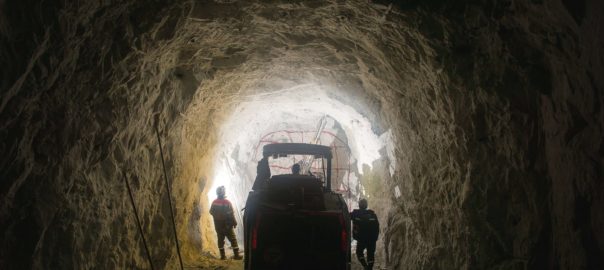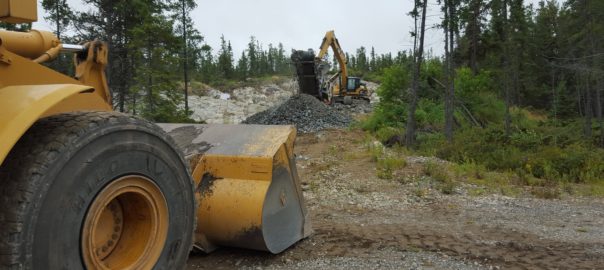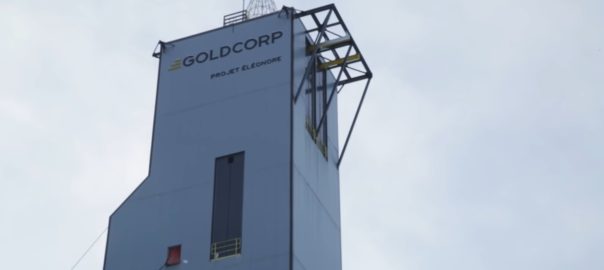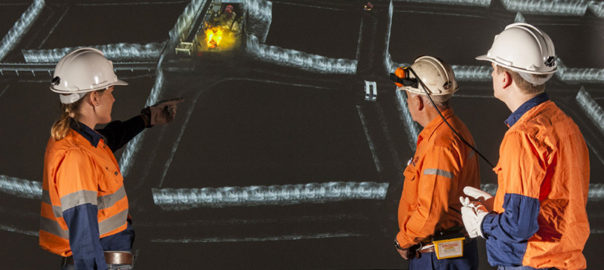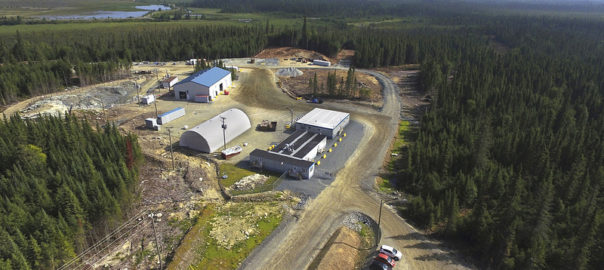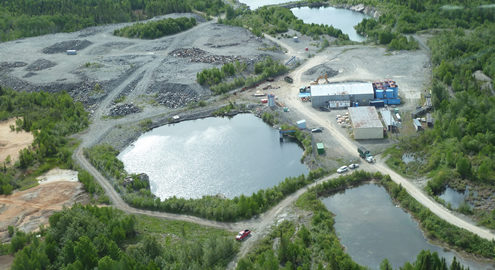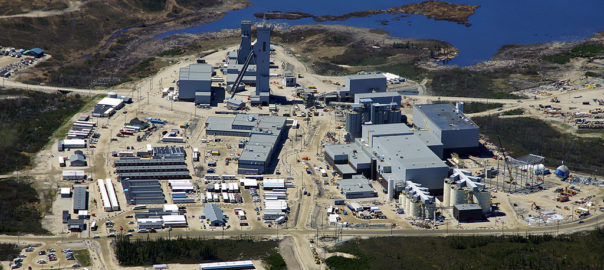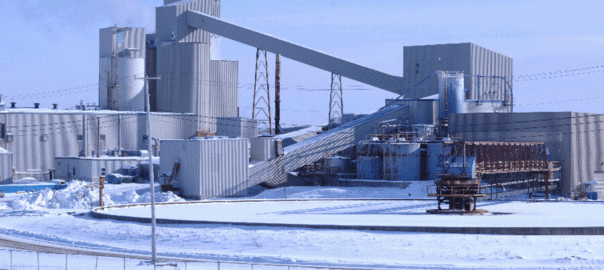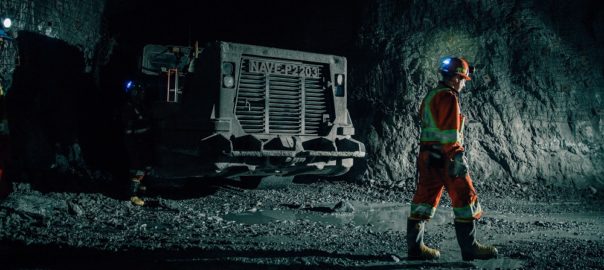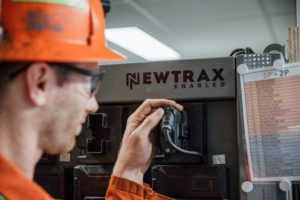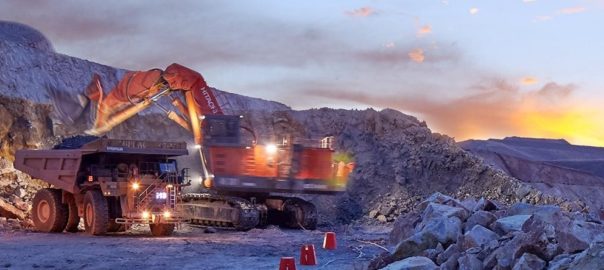Agnico Eagle, during the June quarter, continued to test out autonomous mining at its LaRonde Zone 5 underground gold operation in Quebec, Canada, and, so far, the results have been encouraging.
The company has been increasing the network and communications capacity at the deep underground mine in the last year or so, with an LTE network now deployed in Zone 5.
The use of this advanced communications infrastructure should help facilitate the use of autonomous mining equipment at the operation, Agnico said; a theory it is currently testing out.
Agnico said, in its June quarter results, trials of automated mining equipment (two trucks and one scooptram) continued over this period, with testing taking place on weekend night shifts when underground activity is at reduced levels. Trials initially began in the December quarter of 2018.
The company said: “Testing has yielded favourable results as autonomous mucking and hauling of ore from underground to surface was successfully achieved.”
Trials are set to continue throughout this year, the company said.







